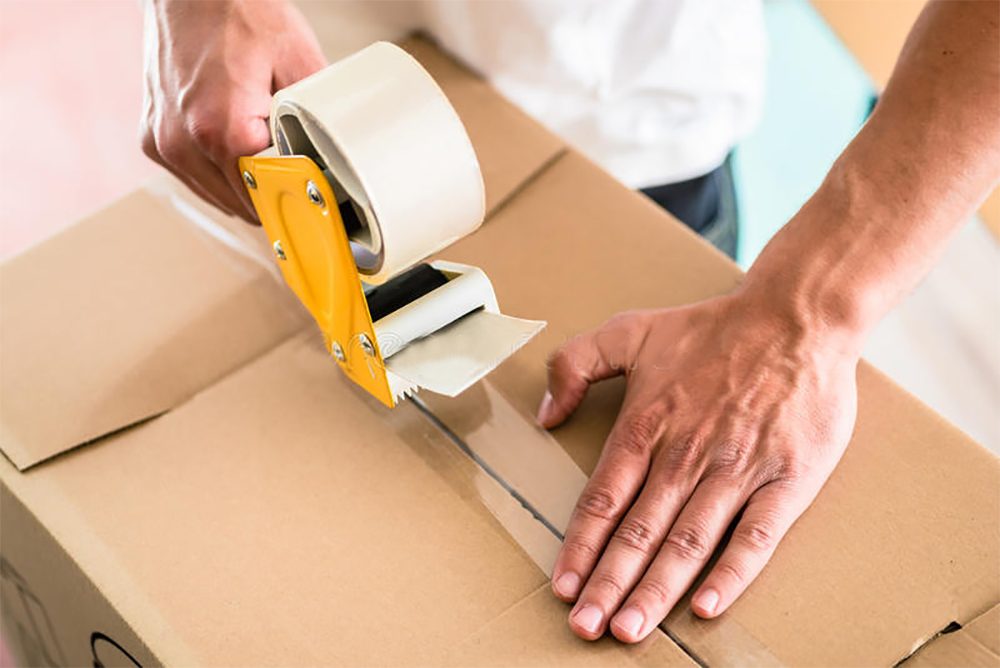What’s the difference between Case Packed items vs. Individual Products on FBA?
After setting up an Amazon Seller Central account, you’ll be asked to set up shipment, where you’ll also be asked to choose between two packing methods. At a glance, the difference between Case-packed items vs. Individual Products on FBA is fairly straightforward:
- If the shipment boxes you’re using have cases containing identical items with the same SKU’s and in the same condition, then select “case-packed products”. You will then be asked to enter the total number of cases and units for every case per SKU in your shipment.
- If the shipment boxes you’re using have individual items only with varying SKUs or are in different conditions, then select “individual products”. However, note that individual products may contain varying quantities of the same SKU in each box, and may, in fact, have over 150 units in any box.

According to guidelines set out by Amazon, case-packed products must meet this criteria:
- Be in a box with matching SKU and condition.
- All boxes having the same product must also have equal portions or quantities of that product per box. For instance, a case pack of 20 units must also contain 20 items per unit.
- The case pack limit at the moment is 150 units per case.
Additional consideration:
A case pack is not to be confused with a multi-pack. Case packs can be split along with the contents sold separately. Multi-packs, on the other hand, are only sold as bundles or sets. With that said, you can always sell a case pack as a multi-pack, but it needs to be adequately prepared according to the requirements set out for products ‘sold as a set’.
How do I choose between Case Packed Items vs. Individual Products on FBA?
To eliminate any confusion from the outset, let’s choose the term “box”, which essentially refers to an individual box or poly bag used to contain a single unit of your product. However, manufacturers refer to it as an “inner carton”.
Now, with the above in mind, when we say “carton”, we are referring to the big box you use to pack all your individually boxed or poly-bagged items into, ready to be shipped. Manufacturers, on the other hand, call this a “master carton” or “outer carton”. So the box is what contains a single unit, and a carton is what holds all he units together.
The Individual Products option is best when you’re planning to ship multiple items of different kinds or conditions, in the same carton. So, choose this if you have different kinds of products in one carton to be shipped to your customer.
The Case-packed Products option applies only when you’re shipping either one carton or more than one, each containing units of one kind of product only. So, just to eliminate any lingering confusion, you will also choose Case-packed if the shipment has multiple types of products, but each one of those products are packed in a separate carton (as opposed to Individual Products where they were all packed in one carton).
That’s all there is to it.



